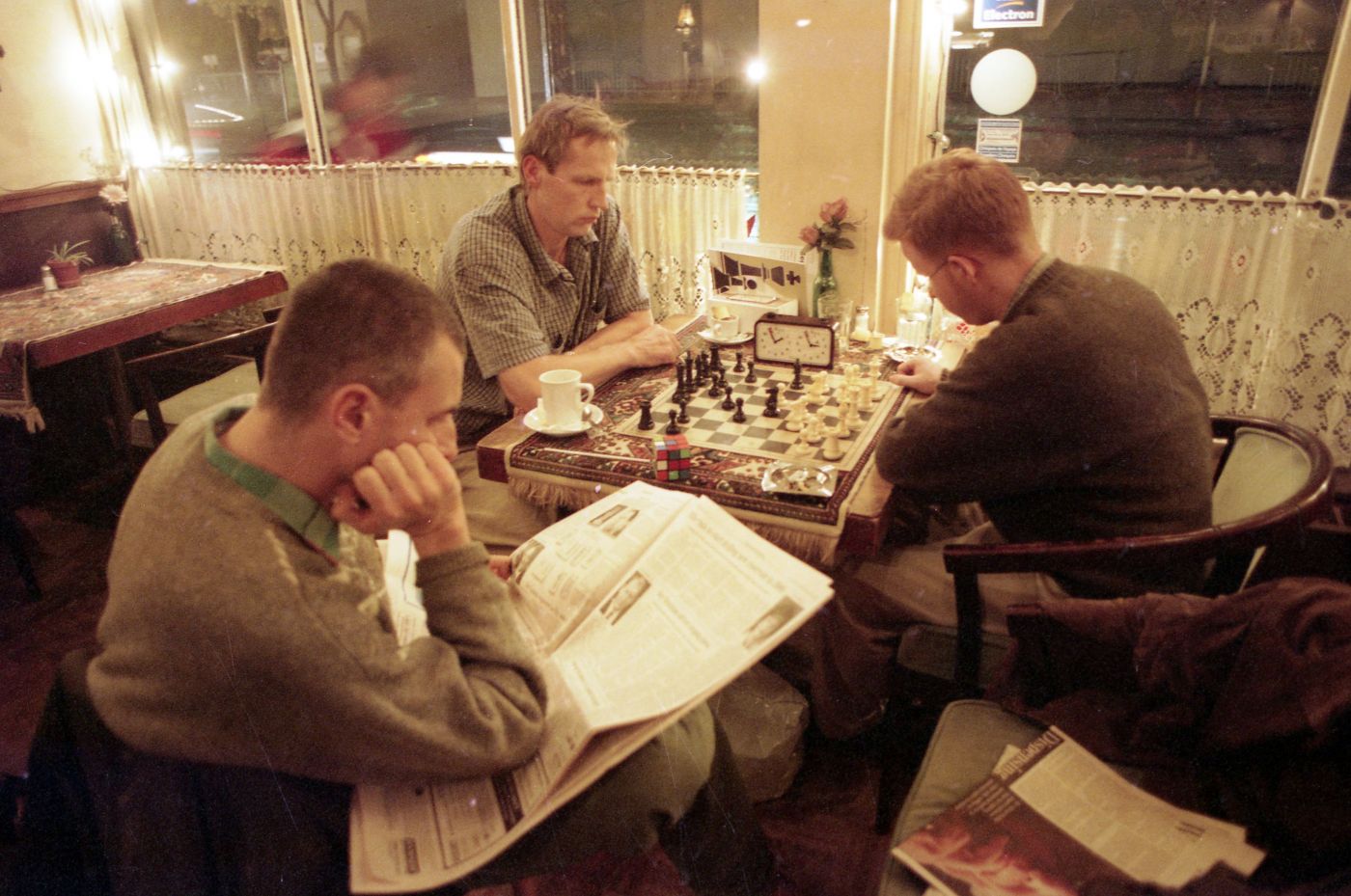Daniel Poliquin’s work is a repository of memories of Ottawa and its different neighbourhoods, immortalized in his stories. For example, La Kermesse (2006) revives the LeBreton Flats of the early twentieth century, before the expropriation suffered by residents in the 1960s. The redevelopment of another Francophone Ottawa neighbourhood at that time, Lowertown East, is captured in L’Historien de rien (2012). The novel tells the story of the transformations Ottawa’s Francophone community experience at that time:
The church was losing its faithful, the neighbourhood was losing its people, the Francophone community moved to Quebec or the suburbs, even people changed faces with youthful clothes, hairstyles, glasses. Everything changed! Music, shops, restaurants, even some street names. Whole buildings, which had always been landmarks for us, were demolished, streets erased from the map, especially in Lowertown, and new arteries appeared where there had been only old-fashioned fields or dilapidated factories left over from wartime, the real war.1
Poliquin’s books also recall city memories by highlighting places of Ottawa’s Francophone, academic and artistic life – places that no longer exist, such as the Wasteland on Laurier Street, Café Wim in the ByWard Market and the Equinox bar at the University of Ottawa.
1 Daniel Poliquin, L’historien de rien, Montréal, Boréal, 2012, p. 136 (translated from the original).
